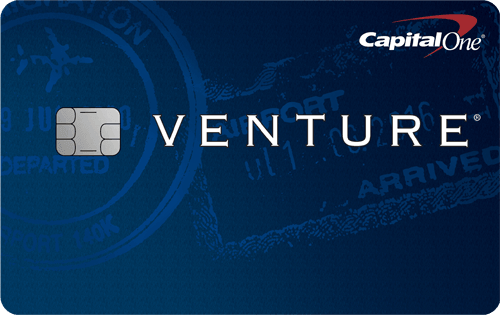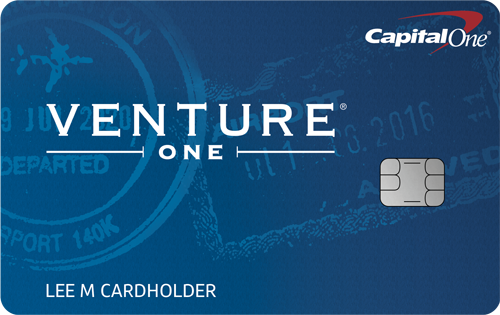Article originally published July 23rd, 2019. Updated December 13th, 2022.
In both the US and the European Union (EU), you can use credit cards at participating merchants and vendors. However, while both EU credit cards and US credit cards operate in similar ways, their rates and fees vary depending on how you use the card and where.
Rates and fees for EU and US credit cards apply in both the US and in Europe. The EU is composed of several different countries, while the US is a single nation and the same rates apply to customers in all 50 states. While you’re generally likely to pay more in the US, in the EU, you’ll encounter higher fees in some European countries than you will in others.
Austria, for example, has a higher interchange fee than Bulgaria or Belgium, while both Croatia and the Czech Republic are higher than Austria. An interchange fee is typically a fee that a merchant’s bank must pay to your bank when a transaction occurs.
The same rule applies to credit card brands in both the US and the EU. Mastercard has higher interchange fees than Visa, for instance. If you use a Mastercard, you’ll pay higher interchange fees regardless of the region you’re visiting than you do if you were using a Visa card, though they’re generally higher in the US.
Also, interchange fees vary by country when you’re traveling throughout Europe. Countries, such as Poland and Croatia, for example, boast higher interchange fees with Mastercard than France or Spain.
Foreign Transaction Fees on Credit Card Purchases
A foreign credit card transaction fee is a small fee that gets tacked on to the final total of your purchase. In most cases, foreign transaction fees are approximately 3% of transactions. Here’s an example—let’s say you make a purchase that cost $100. With the foreign transaction fee, you pay a total of $103.
These fees are associated with all kinds of purchases, including airplane tickets, hotel reservations and ATM withdrawals. It’s important to read the fine print in your credit card’s cardholder agreement, so you’re fully aware of how and when these fees can occur.
However, there are several cards out there that have no foreign transaction fees. If you travel a lot, you’ll want to consider one of these cards for yourself.
A Chip and PIN for International Sales and Travel
A system is now being integrated into international credit cards called EMV. The international system involves getting rid of the standard, magnetic strips often associated with many day-to-day credit cards and replacing them with international chips and/or PINs for added safety.
EMV removes any need for a signature, making you less susceptible to card present fraud. In an age of ongoing identity theft, many merchants are taking a stand and refusing to accept traditional magnetic strip credit cards.
What Are Some of the Best Credit Cards for Use in EU and the US?
An international credit card can be used in both the US and EU. Many international credit cards offer stellar benefits and interest rates that save you money during your travels.
Capital One Venture Rewards Card

Another card to think about is the Capital One Venture Rewards Card. It also presents solid introductory rates for you, along with travel rewards points, but be prepared to pay an annual fee.
Capital One Venture One Rewards Credit Card

If you like Capital One but prefer to avoid paying an annual fee every 12 months, take a look at the Capital One Venture One Rewards Credit Card. It comes with everything that a Capital One credit card offers, but you won’t have to pay an annual fee.
Cards Without Foreign Transaction Fees
In addition, you’re also likely to come across certain cards that don’t charge foreign transaction fees and boast chip and PIN technology. Some of these cards include:
Upgrade Triple Cash Rewards Visa®
- $200 bonus after opening a Rewards Checking Plus account and making 3 debit card transactions*
- 3% unlimited cash back on every purchase in Home, Health, and Auto categories
- No annual fee
- Enjoy Visa Signature benefits, like Roadside Dispatch, Price Protection, Extended Warranty and more
- Up to 10% cash back from your favorite brands with Upgrade Shopping
- No touch payments with contactless technology built in
- See if you qualify in seconds with no impact to your credit score
- Great for large purchases with predictable payments you can budget for
- Mobile app to access your account anytime, anywhere
- *To qualify for the welcome bonus, you must open and fund a new Rewards Checking Plus account through Upgrade and make 3 qualifying debit card transactions from your Rewards Checking Plus account within 60 days of the date the Rewards Checking Plus account is opened. If you have previously opened a checking account through Upgrade or do not open a Rewards Checking Plus account as part of this application process, you are not eligible for this welcome bonus offer. Your Upgrade Card and Rewards Checking Plus account must be open and in good standing to receive a bonus. To qualify, debit card transactions must have settled and exclude ATM transactions. Please refer to the applicable Upgrade Visa® Debit Card Agreement and Disclosures for more information. Welcome bonus offers cannot be combined, substituted, or applied retroactively. The bonus will be applied to your Rewards Checking Plus account as a one-time payout credit within 60 days after meeting the conditions.
Know Before You Go
Even if you have an international credit card, it may not be accepted everywhere you shop.
You may find yourself at a few EU merchants, for example, that don’t accept a MasterCard branded credit card.
Know Before You Apply
You want to check your credit score and before applying for a credit card. Even if you have low credit or no score at all, there are still options available to you, but you won’t know which card you’re likely to get approved for unless you know your score. Take the time to check it before making any decisions.
You can get your free Experian Vantage Score for free only on Credit.com or directly from Experian.
When you get your score on Credit.com, your score is updated every two weeks, so you can keep an eye on any changes in your credit. You also get free access to your credit report card. It summarizes the five key factors that go into your credit score—payment history, credit utilization, credit age, account mix and credit inquiries—and includes actions you can take to improve or maintain each factor as well as your overall score.
Do Your Research Before Leaving for Europe
Using a credit card when traveling in Europe makes paying for goods and services easier, but it’s important to have the right knowledge. If you’re planning a trip to Europe, research international credit cards to see which ones will work best for you.
Editorial disclosure: Reviews are as determined solely by Credit.com staff. Opinions expressed here are solely those of the reviewers and aren’t reviewed or approved by any advertiser. Information presented is accurate as of the date of the review, including information on card rates, rewards and fees. Check the issuer’s website for the most current information on each card listed.
Some offers mentioned here may have expired and/or are no longer available on our site. You can view the current offers from our partners in our credit card marketplace. DISCLOSURE: Cards from our partners are mentioned here.








